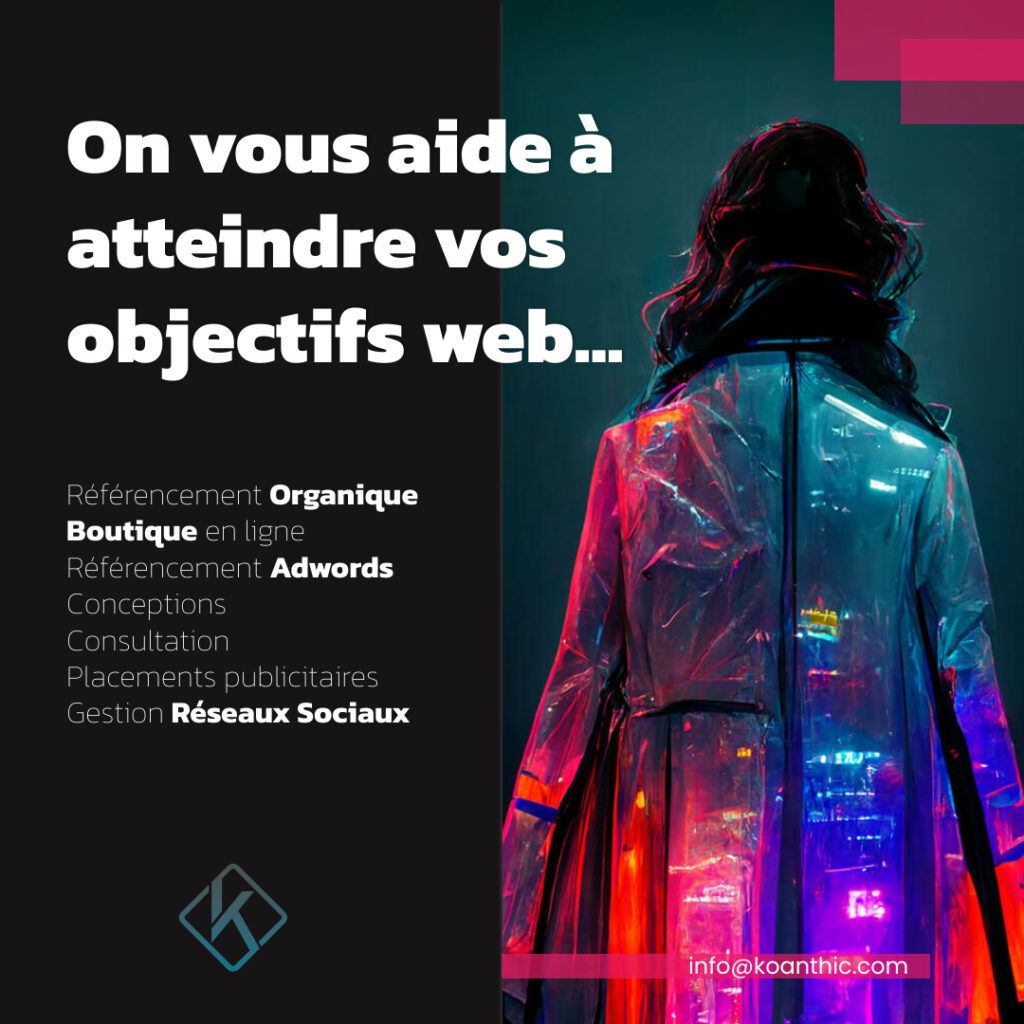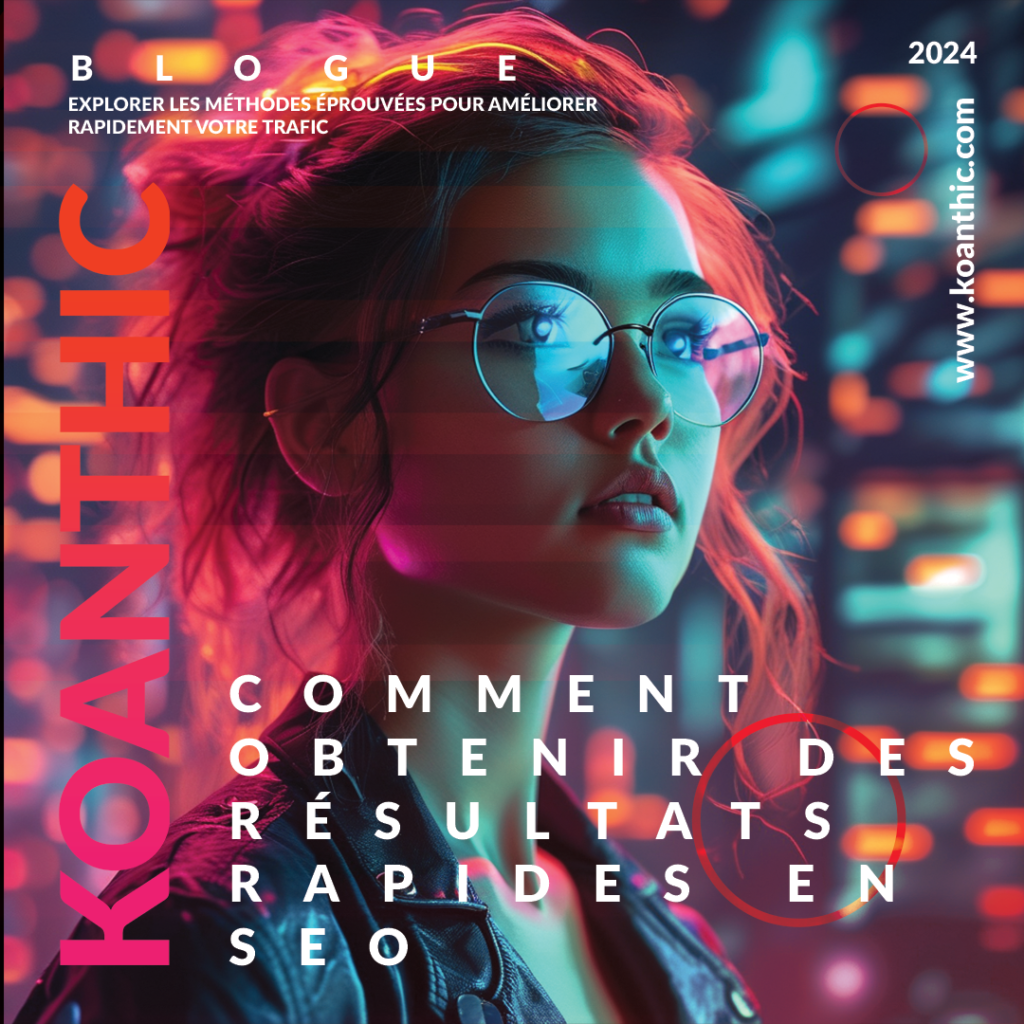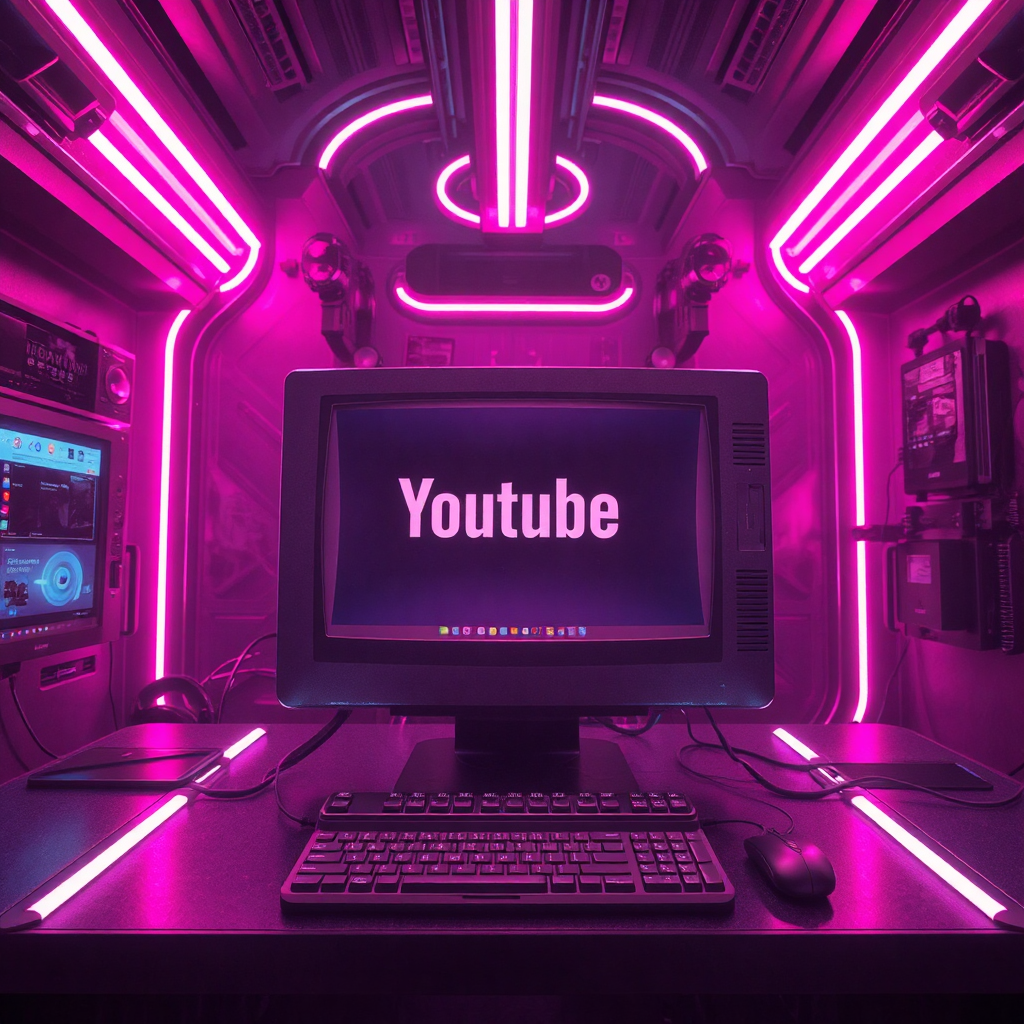Design retargeting, a powerful tactic!
Tips for designing retargeting banner ads. Here are some important tips on creating effective retargeting banner ads that drive brand awareness and conversions.
Ad retargeting is a well-established tactic that helps you overcome one of marketing’s biggest challenges: consumers hesitate before they buy.
Retargeting is marketing automation that helps you get the contact points you need to win conversions. It’s also a powerful tactic for boosting brand awareness.
The core element of retargeting is the creation of banner ads that you use with different audiences. Here are some tips for creating effective retargeting banner ads.
A retargeting banner ad is relatively small – it doesn’t even come close to representing an entire web page. Yet many feel inclined to put the equivalent of a web page’s worth of information into a small banner ad.
Retargeting banners don’t just have a split second to grab someone’s attention. They have a fraction of a second to convey their entire message. There’s no need to condense information into tiny, illegible text on advertising banners. Too many images or complex graphics will simply be ignored.
Effective retargeting advertising conveys an idea instantly.
Keep three things in mind:
- The people who see your retargeting ads have already visited your website. They probably know about your offer.
- Don’t feel obliged to repeat everything in a small advertising banner.
- You literally have a split second to convey your idea. If it takes longer, you’ve got too much information.
Don’t forget that in order to close a sale, Internet users will have to click on your landing page. This is where you need to include details like discount codes.

As retargeting uses banner ads, most of them contain an image. Don’t waste it.
With retargeting, your images have two main objectives:
- Present a product.
- Communicate the value associated with your brand.
When you have a product ad, make sure you use a sharp, professional image. Also try to show the product in its context of use in a hero shot.
For example:
Be careful not to use stock photos, which don’t help communicate your message. Commonly used stock photos cause banner blindness, as the eyes simply pass over images whose message is either false or empty. Bear in mind that you don’t have to use an image if it doesn’t help convey your message.
Sometimes, words alone do the job.
Have a strong call to action for the
What do you want your prospects to do? Your call to action is at the heart of your retargeting advertising. The best practice is to make your call to action big and bold.
Don’t suggest an action in a retargeting ad, let the user know exactly what you want them to do next.
Include your brand image
One of the little-known advantages of retargeting is its effectiveness in boosting brand awareness. Most of the time, your ads are displayed, but not clicked. But that doesn’t deprive them of their marketing value.
When prospects are exposed to your brand, you direct them to you. Your ads become a reminder for them to finish what they’ve started. When the hesitation period is over, they’re more likely to choose you. You can get a click on your ad. Or they can search for you by brand name.
In any case, your banner has done its job.
More tips for retargeting banners:
- Be sure to create your ads in all display formats.
- Test your ads to see which images, text and offers work best. Retargeting ads are perfect for A/B split testing.
- Use different ads for different audiences and platforms. When creating an audience list for a particular product, make sure that the advertising you run matches the content they’ve visited on your website.
- Use different ads for Facebook, Twitter or other social media, depending on the audience.
The more your ad matches the audience and the platform, the better it will perform.












